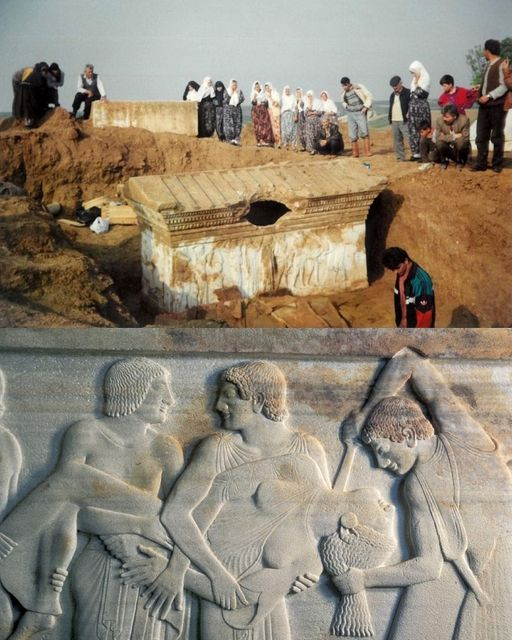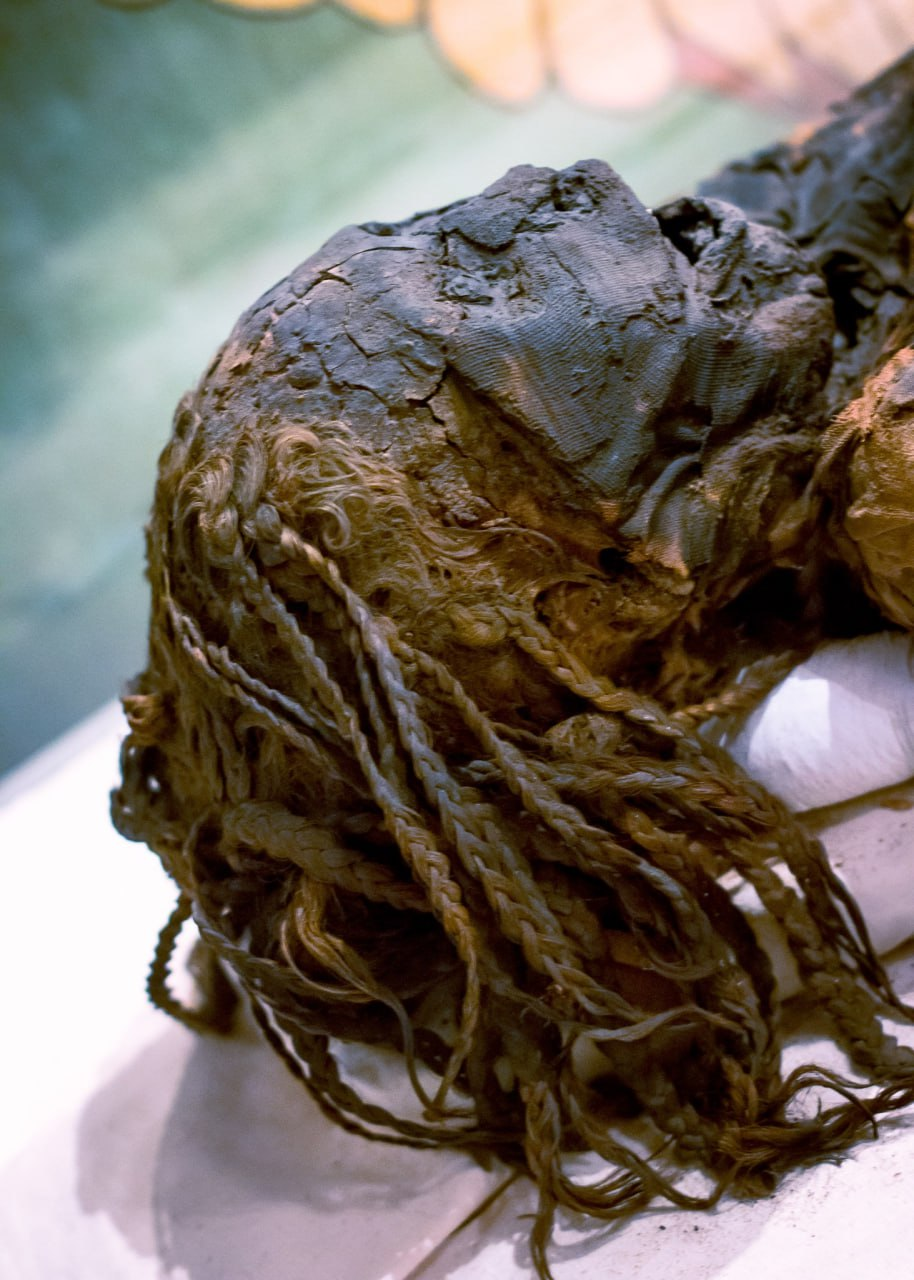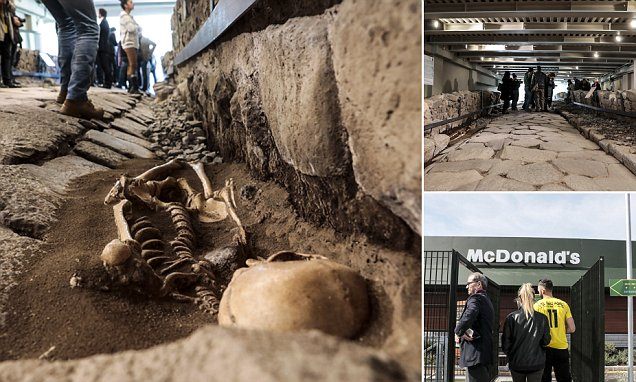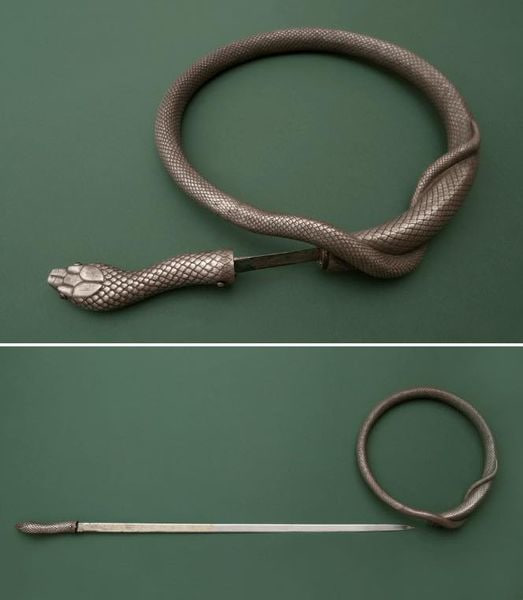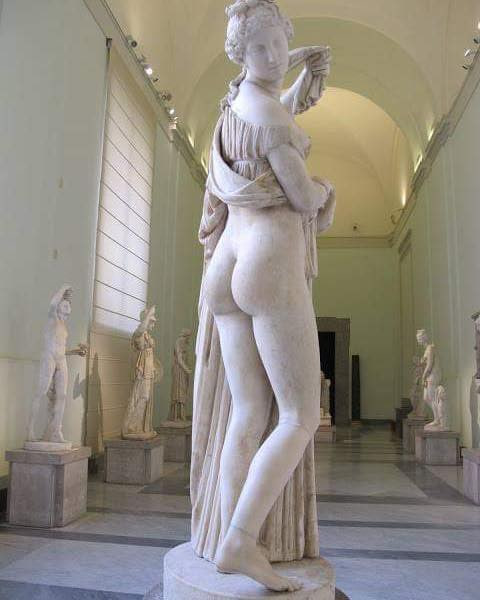Step back in time to the Cueva de los Murciélagos in Spain, where a remarkable archaeological discovery sheds light on ancient footwear. Dating back an astonishing 7,000 years, these sandals made of esparto grass offer a glimpse into the daily lives and ingenuity of our ancestors. Join us as we delve into the story behind these ancient artifacts, exploring their construction, significance, and the insights they provide into prehistoric societies.

Unearthing the Past: The Discovery of Ancient Sandals
The Cueva de los Murciélagos, nestled within the rugged terrain of Spain, proved to be a treasure trove for archaeologists. Among the artifacts unearthed at this site were sandals made from esparto grass, meticulously crafted by ancient inhabitants around 5200-4800 BC. These remarkable finds offer valuable clues about the materials, techniques, and lifestyles of early human societies in the region.
Craftsmanship and Innovation: The Making of Esparto Grass Sandals
The process of crafting sandals from esparto grass required skill and ingenuity. Ancient artisans would have carefully woven the grass fibers into sturdy, yet flexible, footwear suitable for traversing rugged terrain. The durability of these sandals speaks to the resourcefulness of their creators, who adapted natural materials to meet their practical needs in a challenging environment.

Insights into Prehistoric Life: What Sandals Can Tell Us
The discovery of esparto grass sandals provides insights into the daily lives and activities of prehistoric communities in Spain. The presence of footwear suggests a level of mobility and sophistication in early societies, allowing individuals to navigate diverse landscapes and engage in a range of activities, from hunting and gathering to social gatherings and trade. By studying these artifacts, archaeologists can piece together a more complete picture of ancient lifeways and cultural practices.
Preserving Our Shared Heritage: The Role of Archaeology
The study and preservation of archaeological artifacts, such as the esparto grass sandals from the Cueva de los Murciélagos, play a crucial role in understanding our collective past. Through careful excavation, documentation, and analysis, archaeologists are able to uncover valuable insights into human history, culture, and technology. By preserving and studying these artifacts, we gain a deeper appreciation for the achievements and resilience of past civilizations.

In conclusion, the discovery of 7,000-year-old sandals made of esparto grass at the Cueva de los Murciélagos offers a fascinating glimpse into the ancient past. These artifacts not only highlight the craftsmanship and ingenuity of our ancestors but also provide valuable insights into prehistoric societies and their way of life. As we continue to uncover and study such archaeological treasures, we gain a deeper understanding of our shared human heritage and the enduring significance of archaeology in enriching our knowledge of the past.


